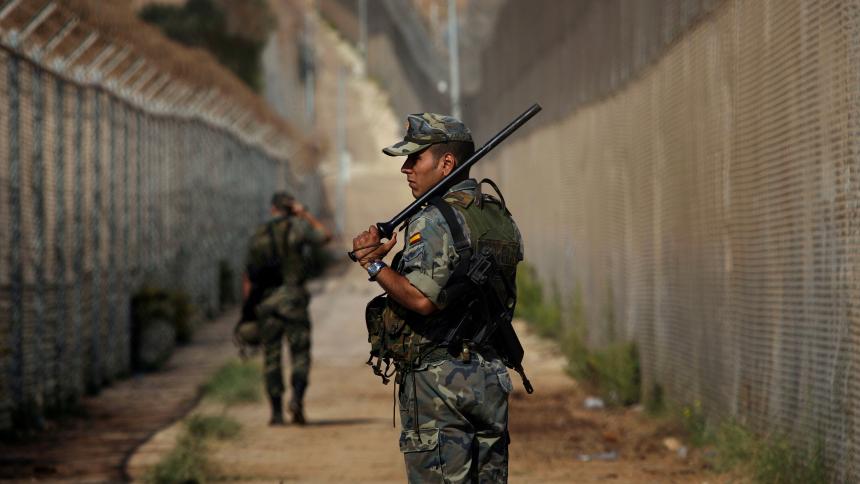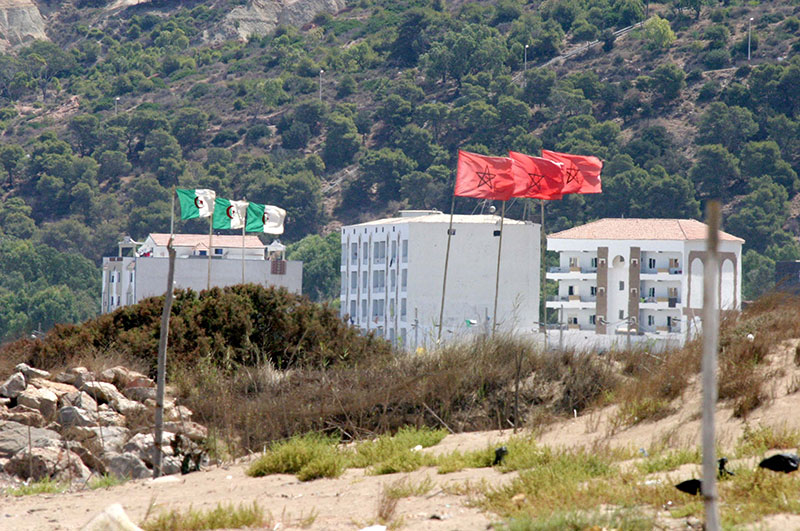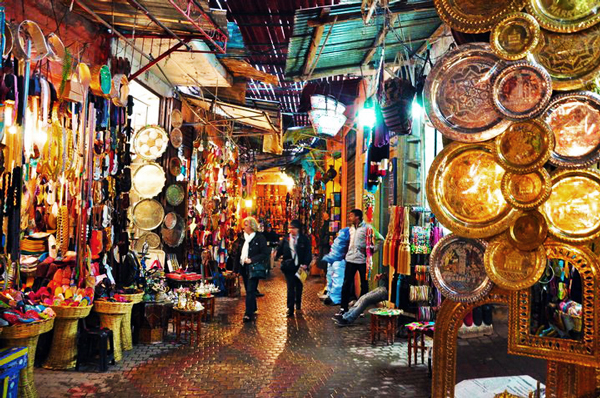 In their quest to reach the European Eldorado, migrants are increasingly shunning the Libyan routes for security reasons in favor of the closer and less risky Moroccan-Spanish land and sea borders.
In their quest to reach the European Eldorado, migrants are increasingly shunning the Libyan routes for security reasons in favor of the closer and less risky Moroccan-Spanish land and sea borders.
Deaths in sea embarkations, almost impenetrable six-meter high fence and heavily patrolled land borders on the Moroccan and Spanish sides seem not dissuading thousands of Sub-Saharans dreaming of the European Eldorado.
Attempts at storming the borders of the two Spanish exclaves in Morocco, Ceuta and Melilla, and embarkations on board dinghies are making the headlines in Europe with the UN warning that Spain is on course to overtake Greece in terms of illegal migrant arrivals.
“We assume that some of the change is due to the fact that the route [to Spain] is considered a safe route up to the coast through Morocco,” said Joel Millman, a senior spokesman at the International Organisation for Migration (IOM).
Spanish paper El Pais said in an editorial that migratory pressure has effectively moved to the western Mediterranean, in the absence of common EU policies and economic support, noting that Spain cannot stand alone as the guardian of southern Europe.
The influx of migrants has taken violent forms as Morocco foiled Friday, in less than 24 hours, two illegal migration attempts on the border post with Ceuta. At 21:00, the first attempt by 150 migrants was foiled, one hour later about 200 migrants attempted to jump the 6-meter high border fence separating the enclave from Morocco.
Such illegal immigration attempts, which previously prompted the Spanish enclave to close its borders with Morocco temporarily, has yet again disrupted traffic for half an hour.
On August 7, some 300 Sub-Saharans tried to force their way to Ceuta with only 180 managing to cross the heavily fortified and guarded border post.
Other migrants seek an equally hazardous journey by crossing the sea on board of dinghies. The striking images of a group of Sub-Saharans in a fully loaded boat landing in a tourist beach in Cadiz in Spain has indeed shown that a new trend is emerging in illegal migration in the Mediterranean.
The closure of the Balkan route after the EU-Turkey agreement and the deteriorating security conditions and the crackdown on migration in Libya, push would-be migrants to see in heavily patrolled Moroccan coasts and land borders with Spanish cities of Ceuta and Mellilia an alternative.
So far this year, 8000 peoples have taken the Moroccan route in comparison to 2500 in 2012. Thus, Spain has outpaced Italy as the fastest increasing entry point for illegal migrants.
As the EU countries continue to trade accusations on the lack of solidarity and as southern EU Mediterranean countries lament the lack of solidarity by their European counterparts in sharing the migration burden, Morocco has launched a migration legalization process to grant migrants, mostly from Sub-Saharan Africa, a chance to integrate and benefit from basic services.
Fortress Europe, which has been adopting a security approach to tackle the humanitarian challenge of migration, has proven its utter failure in managing migration. The need for a North-South approach taking into consideration the development needs of migrant emitting countries and transit countries such as Morocco is urgently needed.



